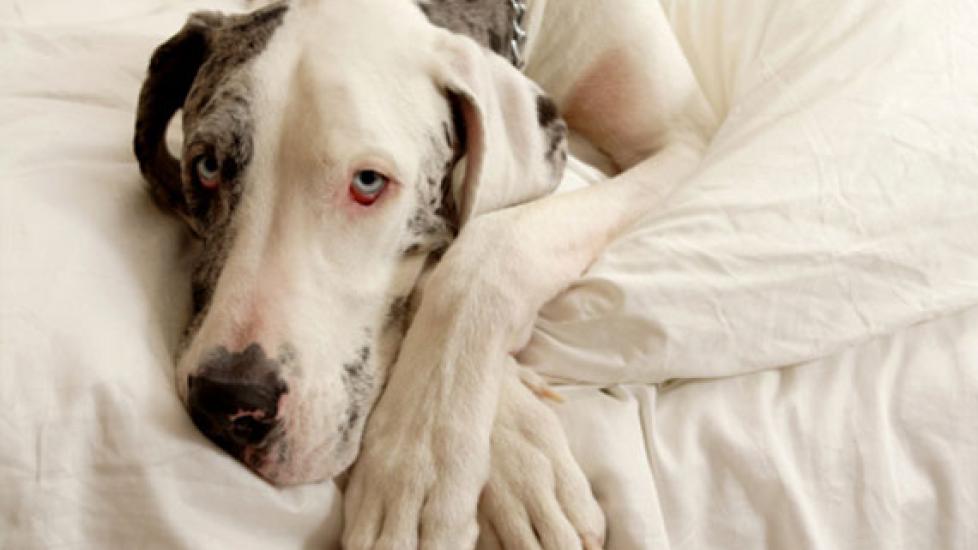In the world of canine health, skin issues are a common concern for pet owners. One such condition that often arises is Malassezia dermatitis—a fungal infection caused by an overgrowth of Malassezia pachydermatis, which typically resides harmlessly on the skin’s surface but can become problematic when it multiplies excessively. This article aims to provide pet enthusiasts with a comprehensive understanding of this condition and its management strategies, all wrapped up in engaging prose designed to captivate readers while imparting valuable knowledge.
Understanding Malassezia Pachydermatis:
At the heart of this disorder lies Malassezia pachydermatis, a type of yeast found naturally within the dog’s microbial flora. However, certain circumstances may disrupt the delicate balance between these organisms, leading to their proliferation and subsequent inflammation. Factors contributing to this imbalance include allergies, hormonal imbalances, immunosuppression, poor hygiene, or even certain medications.
Signs and Symptoms:
Recognizing the signs early is crucial for prompt treatment:
– Itchiness: The most prominent symptom, dogs will scratch intensely at affected areas, especially around the ears, face, armpits, groin, and abdomen.
– Redness and Rash: These develop as a result of intense scratching, revealing inflamed patches on the skin.
– Dandruff and Scales: Overproduction of sebum due to the yeast growth leads to excessive scaling and dandruff formation.
– Odorous Discharge: Some cases present with a characteristic yeasty odor emanating from the skin.
Diagnosis and Treatment Plan:
A veterinarian diagnoses Malassezia dermatitis through a thorough physical examination and possibly additional tests, like skin scrapings under a microscope or cytology samples. Once confirmed, they will prescribe an appropriate course of action, which might involve:
- Antifungal Medication: Topical creams, shampoos, or oral medications may be used to control the yeast population.
- Hydrotherapy: Regular bathing with specially formulated antifungal shampoos can help reduce symptoms.
- Hormone Therapy: If underlying endocrine disorders exist, hormone therapy might be necessary.
- Allergy Management: Identifying and addressing environmental allergens could improve the situation significantly.
- Nutritional Adjustments: Dietary changes to manage food sensitivities or allergies might also contribute to recovery.
- Lifestyle Modifications: Providing stress relief activities and maintaining good grooming habits can support healing.
Prevention Strategies:
Pet parents should take preventive measures to keep their furry friends healthy:
– Maintain proper hygiene by regular brushing and bathing as needed.
– Monitor your dog’s diet and consider dietary supplements if recommended by a vet.
– Keep a close eye on any changes in behavior that might indicate discomfort or illness.
– Regularly check with your veterinarian about vaccinations and preventative treatments.
Conclusion:
Malassezia pachydermatis infections are not uncommon among our beloved canine companions, but with attentive care and veterinary intervention, many pets successfully overcome them. By recognizing the signs promptly and following prescribed treatments diligently, you can ensure your dog lives comfortably despite this challenge. As responsible pet guardians, we must remain vigilant in monitoring our dogs’ well-being and providing them with the best possible life experience, including optimal health care.
